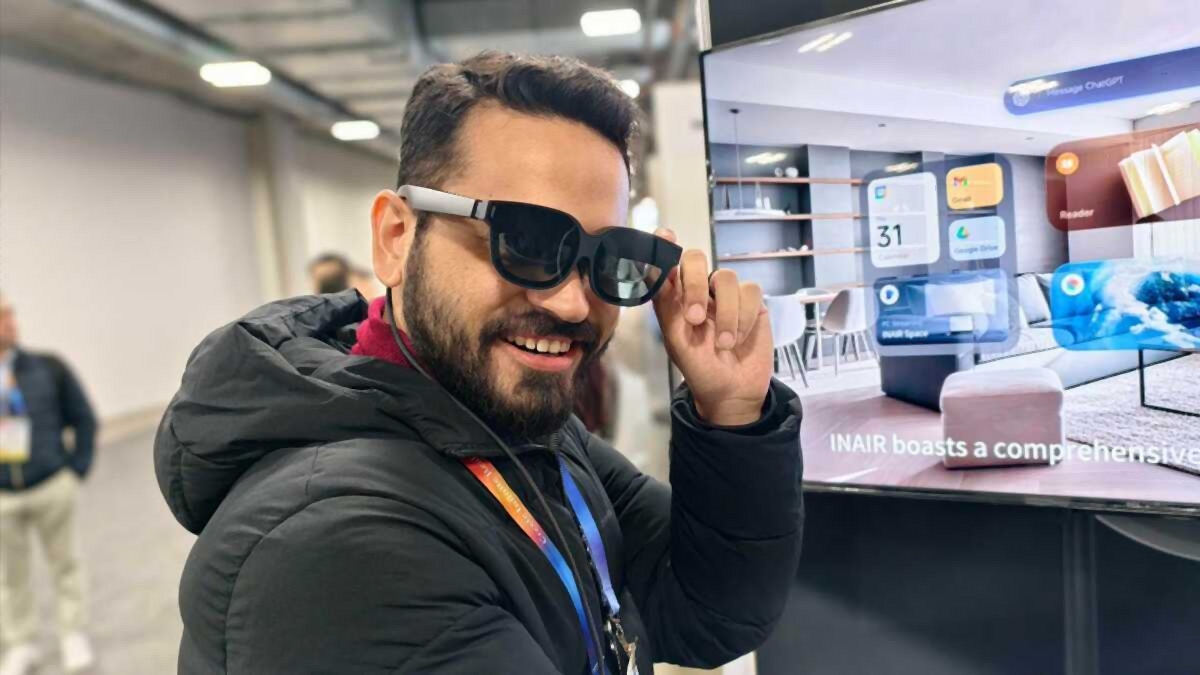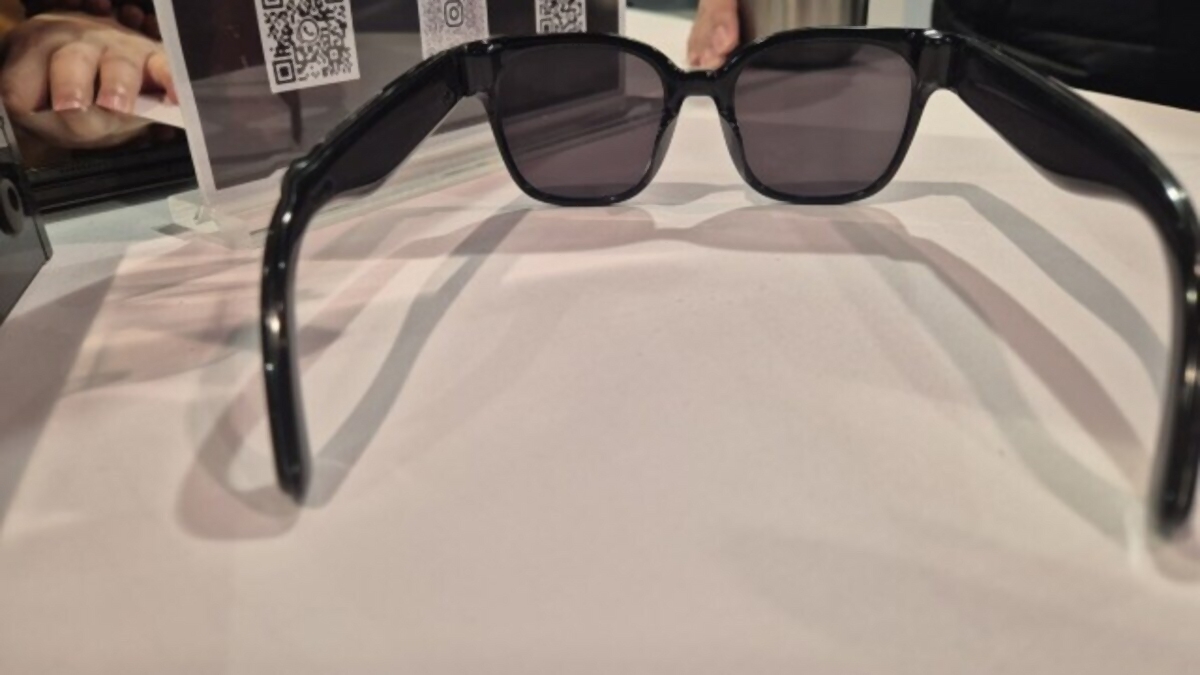MWC 2025: A Roundup of the Most Intriguing Gadgets
The Mobile World Congress (MWC) 2025 in Barcelona delivered a fascinating glimpse into the future of mobile technology, and beyond. This year’s show wasn’t just about smartphones; it showcased a significant push into AI integration, spatial computing, and innovative form factors. Here’s a breakdown of the standout gadgets and trends.
Key Trends:
- AI Everywhere: The dominant theme was undeniably Artificial Intelligence. From on-device AI processing for enhanced camera features and personalized experiences to AI-powered assistants that proactively manage your digital life, AI was woven into nearly every product announcement. The focus shifted from having AI to experiencing AI seamlessly.
- Spatial Computing Gains Traction: While Apple’s Vision Pro set the stage, MWC 2025 saw more affordable and practical approaches to spatial computing. Several companies demonstrated lightweight AR glasses aimed at everyday use, focusing on navigation, communication, and entertainment.
- Foldable & Rollable Displays Mature: Foldable phones are becoming more refined, with improved hinge mechanisms and more durable displays. Rollable displays, while still niche, showed significant progress, hinting at a future where screen size is dynamically adjustable.
- Beyond the Smartphone: MWC increasingly features devices that extend the mobile ecosystem – smart home integrations, automotive tech, and wearable health monitors were prominently displayed.


